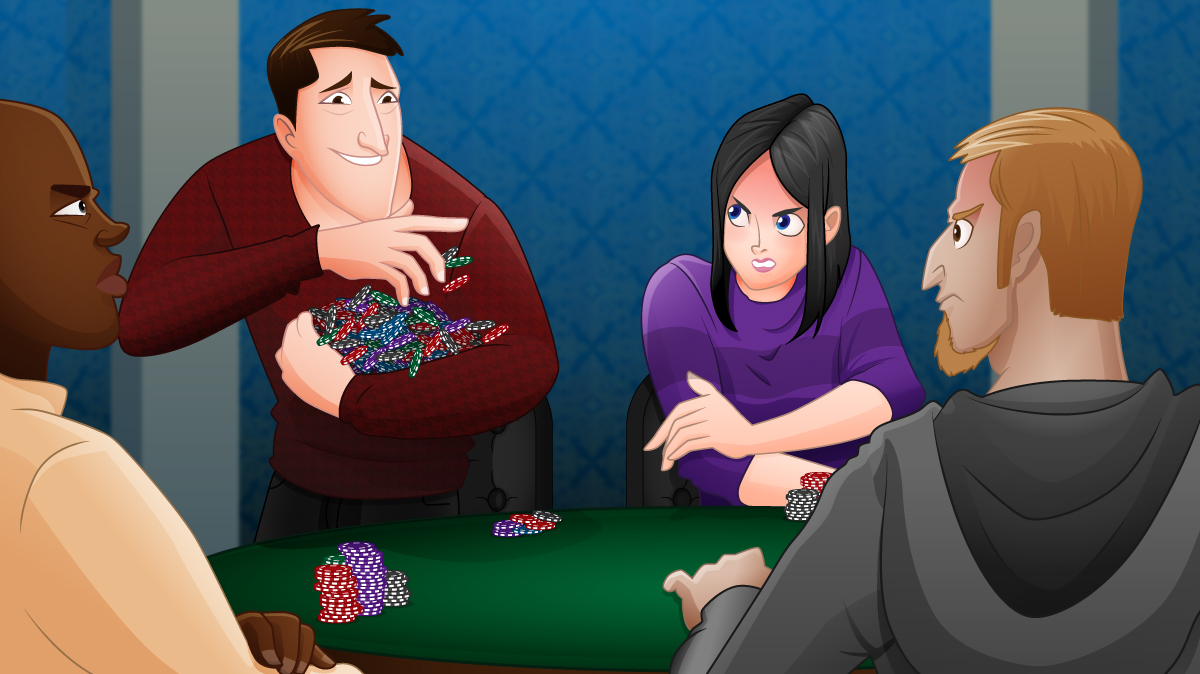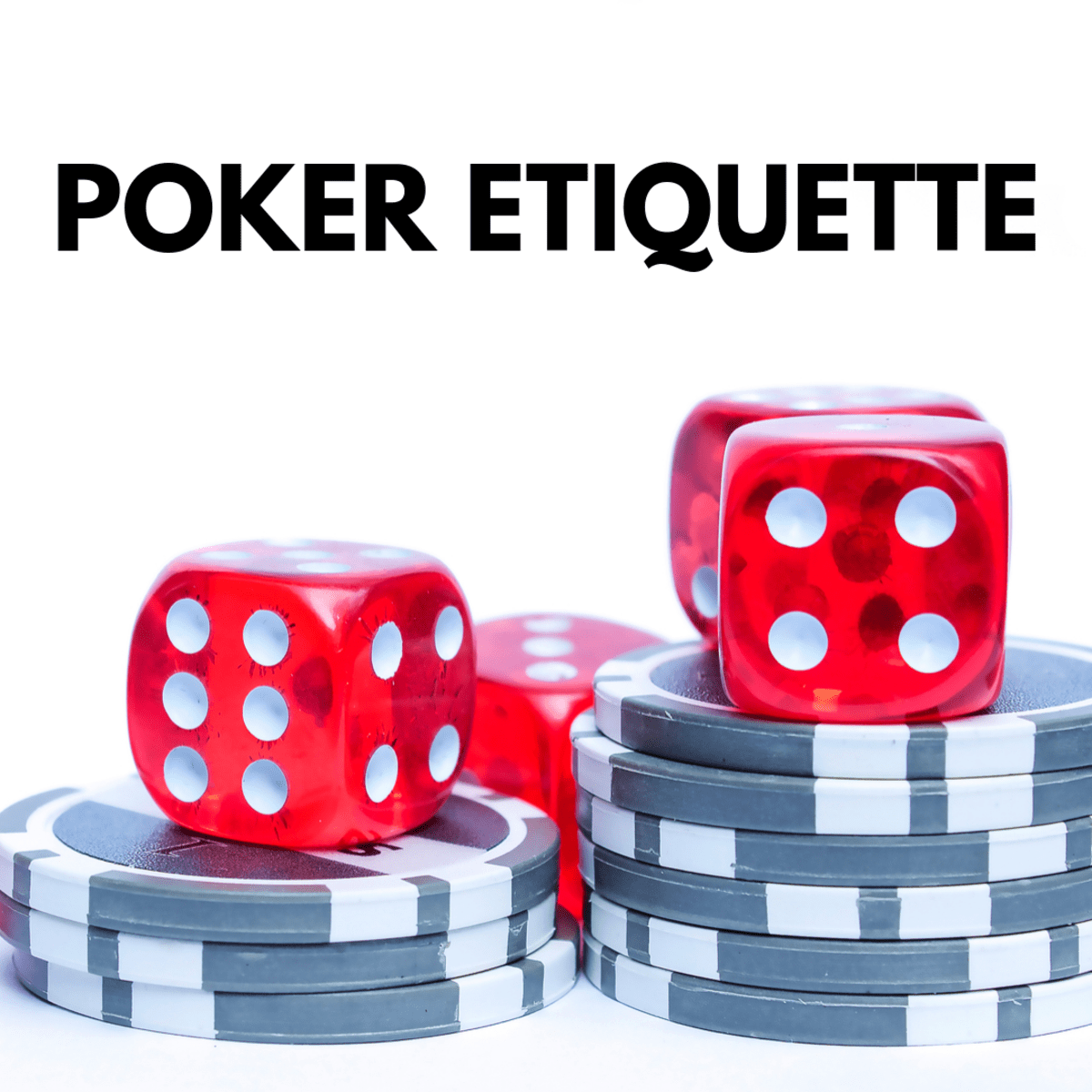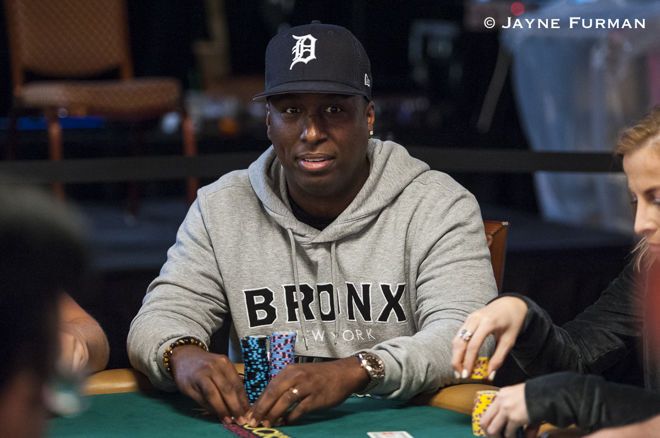In poker there are only five different betting actions to remember, depending on whether or not anyone has already made a bet on this round. Let's start with your options when someone has already placed a bet (known as opening the betting).
- Poker Penalty Checking Nuts Accounts
- Poker Penalty Checking Nuts Bad
- Poker Penalty Checking Nuts Without
If you do not like your hand you can fold, relinquishing your cards and taking no further part in the hand. Any money that you have already contributed to the pot is lost. Once you have folded your hand it is placed in a pile of other discarded hands (known as the muck) by the dealer. Having touched the muck, your hand is now dead. It cannot be retrieved even if you were to realise that your hand had been discarded by accident.
ESCUELA DE POKER👉COACHING 👉seguirme en mis Redes Sociales:Instagram 👉 https://www.instagr. Check-Raising Done Right. Since this is a beginner poker strategy series, moves like the check-raise must be handled with care. While the check-raise is definitely an essential move and deserves a spot in every poker player’s toolbox, if you start firing off check-raises willy nilly it’s only going to get you into trouble. In poker, the nut hand is the strongest possible hand in a given situation. The second-nut hand or third-nut hand (and so on) may refer to the second and third best possible hands. The term applies mostly to community card poker games where the individual holding the strongest possible hand, with the given board of community cards, is capable.

Poker Penalty Checking Nuts Accounts

However, let's assume that you do want to continue in the hand after someone else has bet. In that case you may either call or raise. A call involves matching the amount already bet in order to see the next card (or to see the showdown, if the last card dealt was the river card). However, if you particularly like your hand you may also raise, forcing the original bettor to match your raise if he wants to continue in the hand.
Of course, whenever you raise, the original bettor has the option to reraise, putting the onus back on you to match his bet to stay in the hand. Most cardrooms have a limit on the number of bets and raises allowed. Usually only a bet and three raises (or four raises) are allowed on each round of betting. However, when there are only two players left in the hand some cardrooms allow unlimited bets and raises.
.jpg)
When there has not yet been any betting on this round, you have the option of either betting or checking. If you like your hand (or choose to bluff) and decide to bet out, you simply place your bet in front of you towards the centre of the table. The other players must now at least match your bet if they want to remain in the hand.
Poker Penalty Checking Nuts Bad

Poker Penalty Checking Nuts Without
If you instead decide to check, you are deferring your betting rights for the time being. Another player may now bet, in which case you may fold your hand, call the bet or raise (the action of first checking and then raising when an opponent bets is known as a check-raise). If no-one bets on that round then the next card is dealt and again the first player has a choice whether to bet or check.